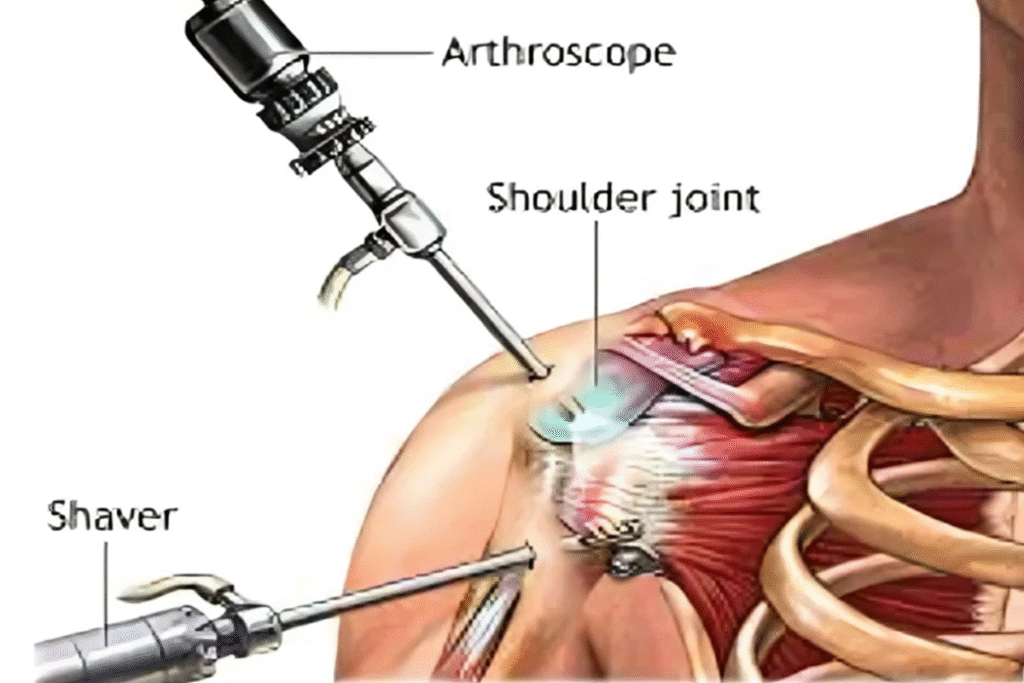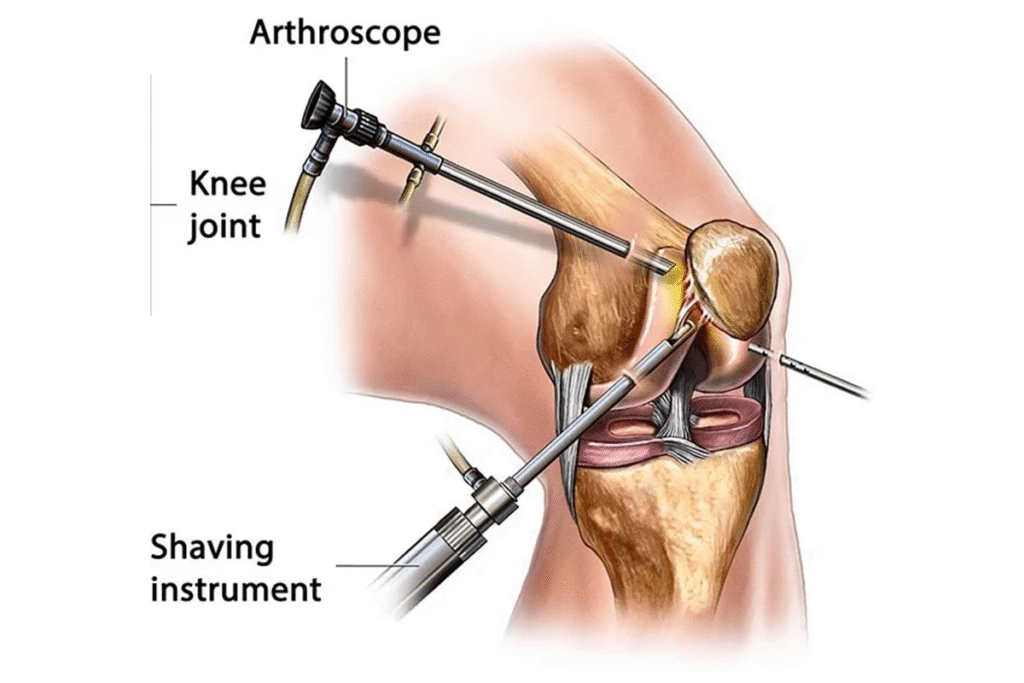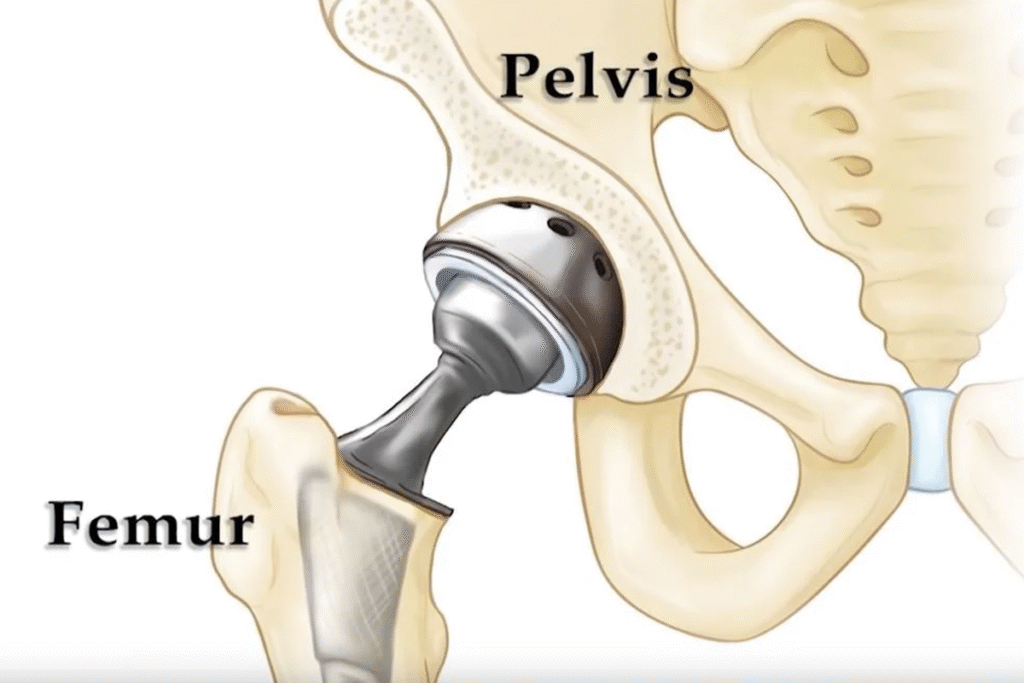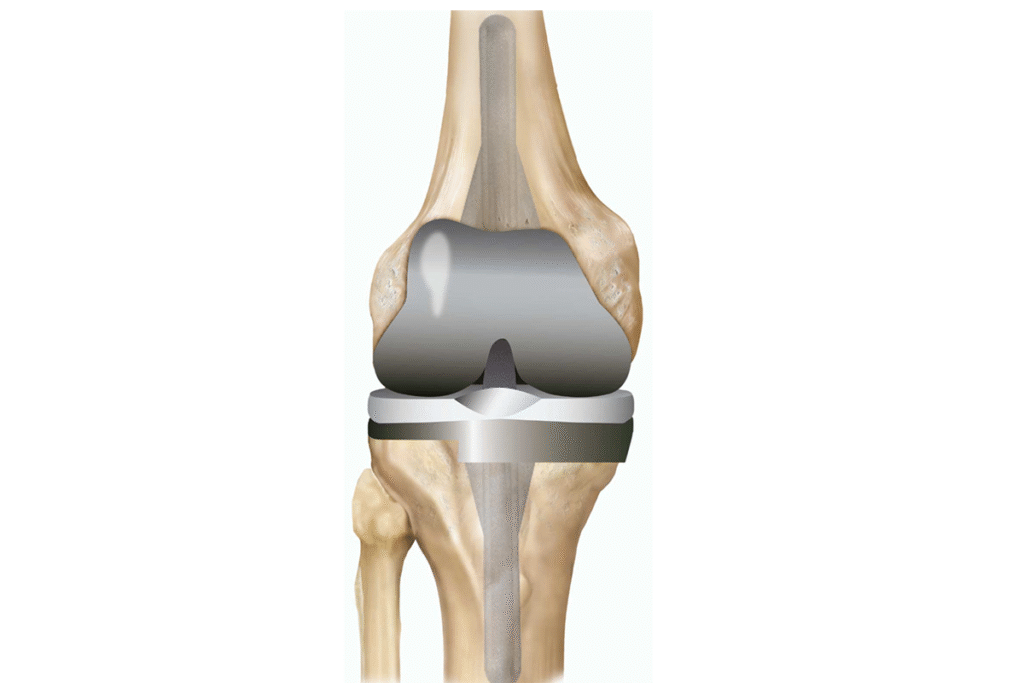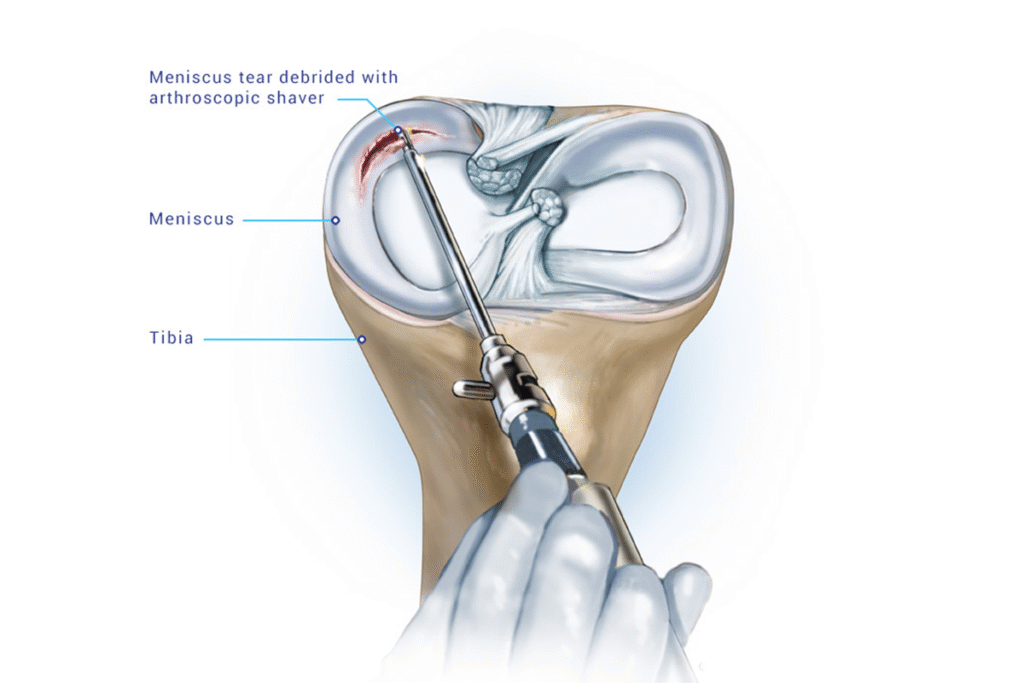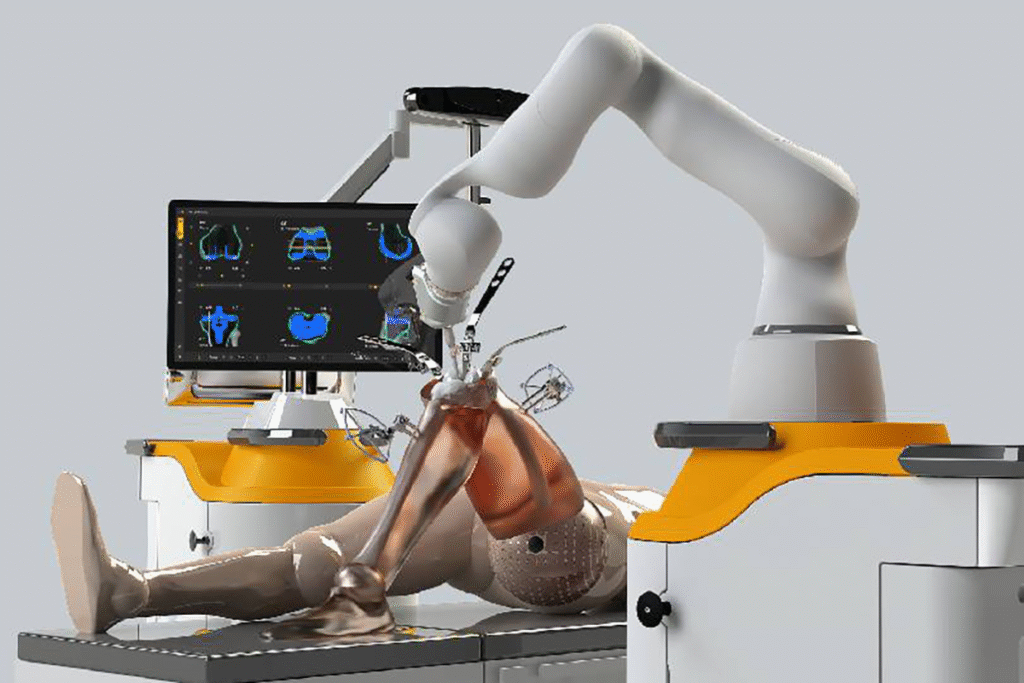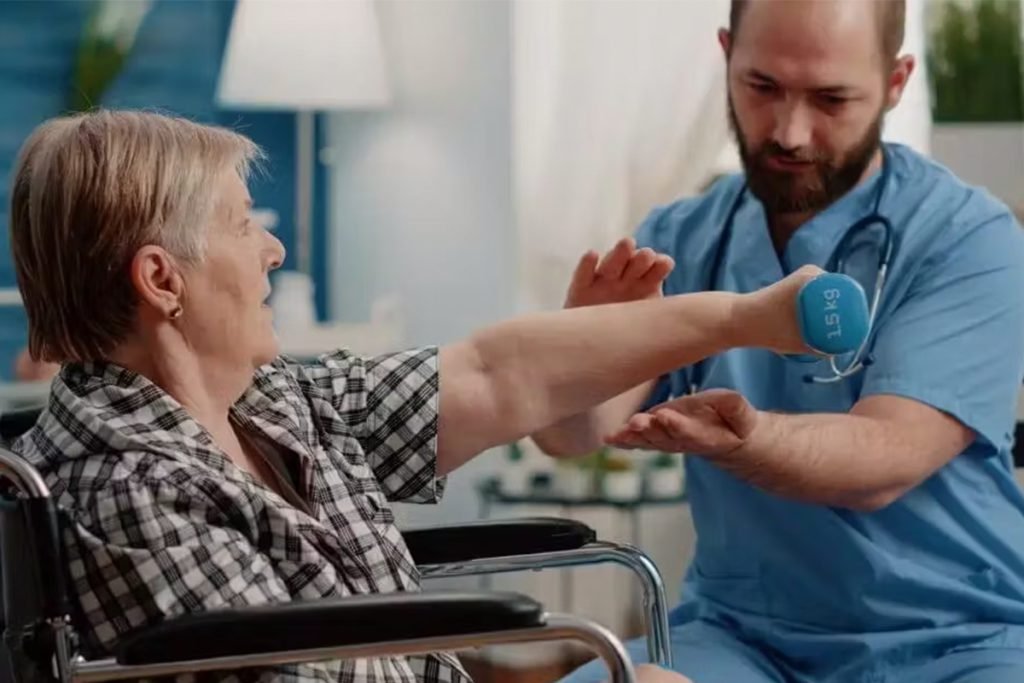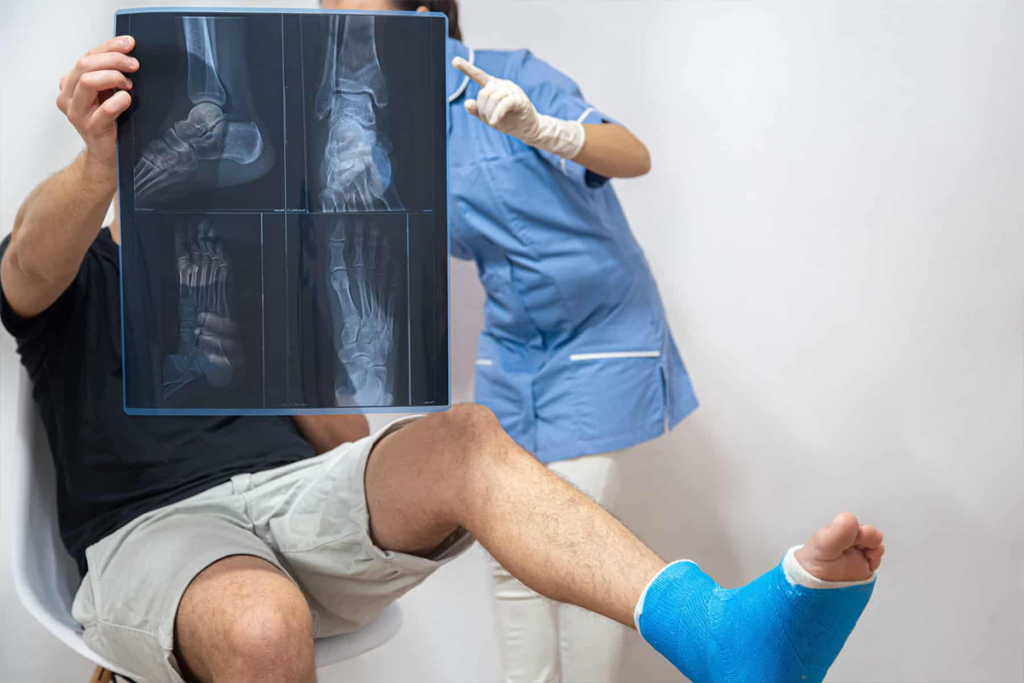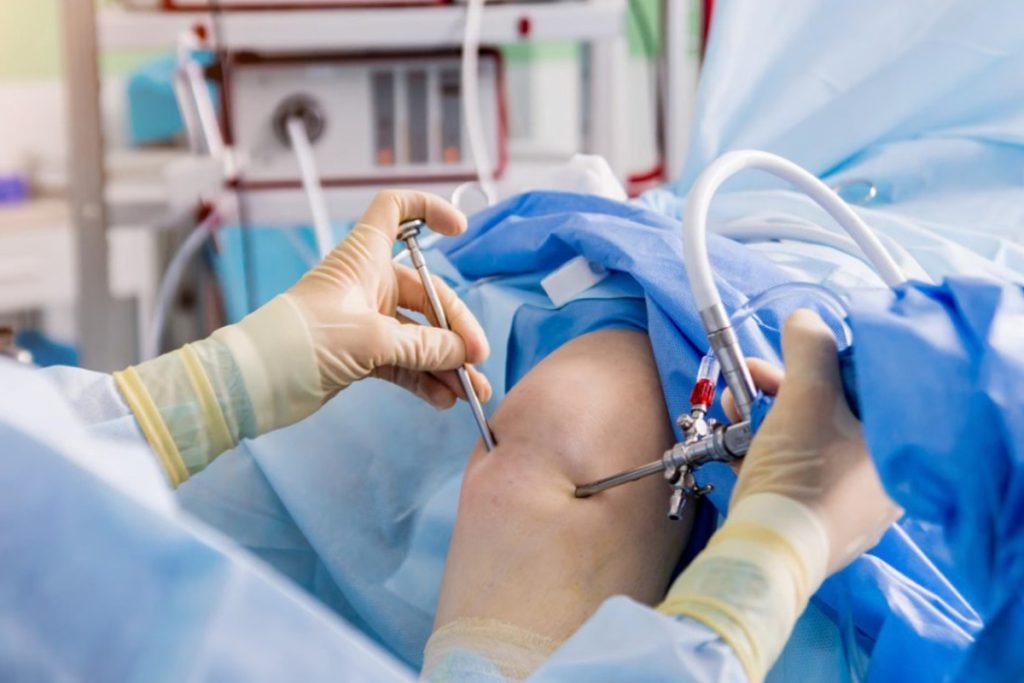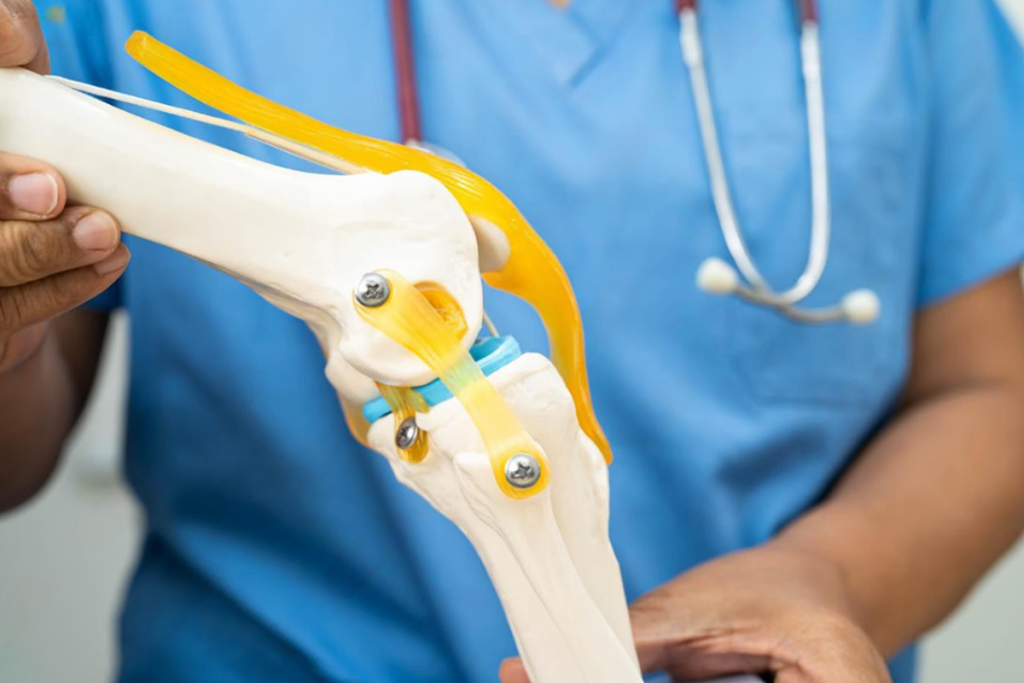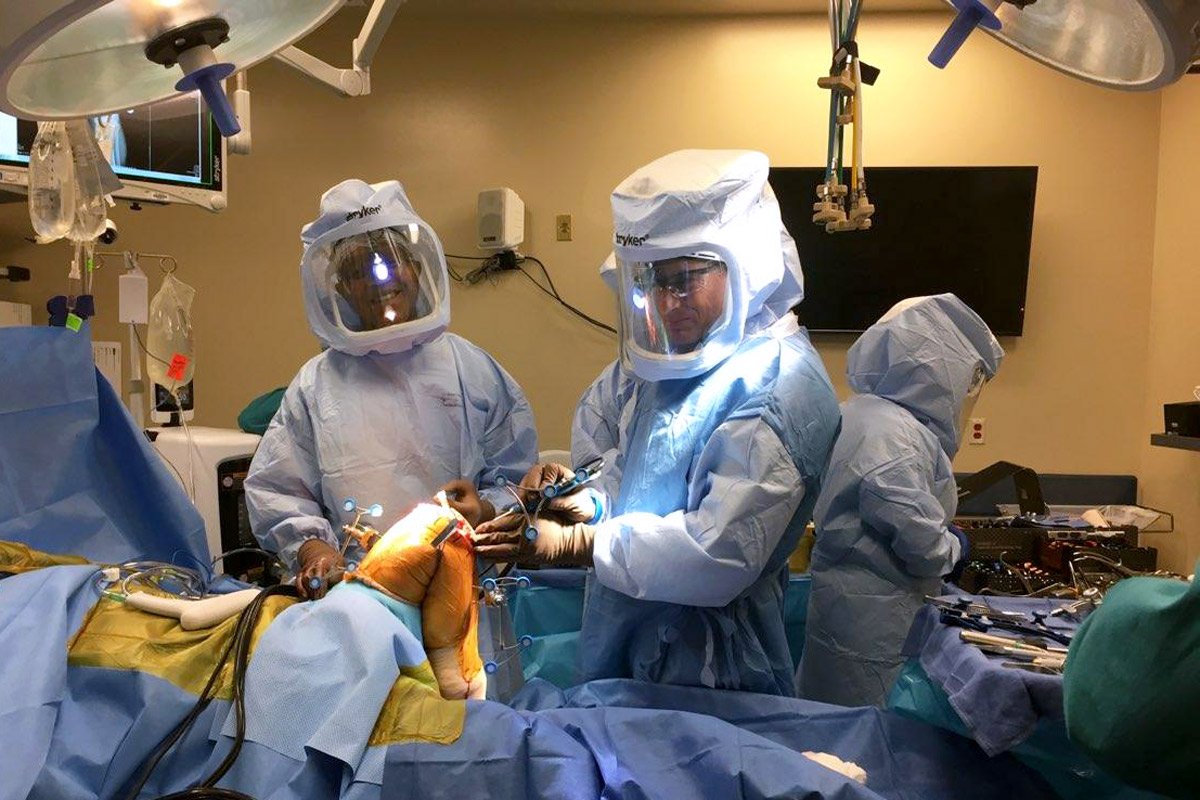Knee pain can affect people of all ages and lifestyles — from athletes and working professionals to the elderly. When pain begins to interfere with daily activities, expert care becomes essential. For anyone searching for the Best Knee Pain Treatment in Gurugram, Dr. Guruditta Khurana stands out as a trusted name known for his medical expertise, compassionate care, and modern treatment techniques.
Join our online community! Follow us on:https://www.youtube.com/@RoboticOrthodoc_Guruditta
As one of the most respected orthopaedic surgeons in the region, Dr. Khurana has helped countless patients regain pain-free mobility through advanced diagnosis and evidence-based treatment approaches. His commitment to precision and patient satisfaction makes him a preferred choice for knee pain management in Gurugram.

Understanding the Root Causes of Knee Pain
Knee pain can arise from various conditions — not just injury or ageing. Dr. Guruditta Khurana believes that effective treatment starts with identifying the root cause. The following are a few of the most typical causes of knee pain:
- Arthritis: Osteoarthritis and rheumatoid arthritis can cause chronic knee stiffness and inflammation.
- Meniscus or Ligament Injury: Sports or sudden twists can lead to tears in the meniscus or ligaments, causing pain and instability.
- Tendonitis or Bursitis: Overuse or repetitive movements can lead to swelling and discomfort around the knee joint.
- Fractures or Cartilage Damage: Trauma or degenerative wear can affect knee structure and function.
Dr. Guruditta Khurana’s approach to the Best Knee Pain Treatment in Gurugram focuses on accurate diagnosis through detailed physical examination and state-of-the-art imaging techniques.
Why Choose Dr. Guruditta Khurana for the Best Knee Pain Treatment in Gurugram

Dr. Guruditta Khurana’s practice is built on three pillars — expertise, innovation, and empathy. Here’s why patients across Gurugram trust him for knee care:
1. Vast Experience and Orthopaedic Expertise
With years of experience in orthopaedics and joint care, Dr. Khurana is known for his deep understanding of knee anatomy and movement. He has successfully treated a wide range of conditions, from simple sprains to complex ligament tears and knee arthritis. His surgical precision and diagnostic acumen make him one of the most sought-after specialists for Best Knee Pain Treatment in Gurugram.
2. Personalized and Conservative Treatment Approach
Not every patient requires surgery. Dr. Guruditta Khurana emphasizes a patient-centric approach — starting with conservative methods like physiotherapy, lifestyle modification, and medication before recommending surgical options. This ensures patients receive care that aligns with their condition and comfort level.
3. Advanced Diagnostic and Surgical Techniques
Dr. Khurana uses modern diagnostic tools, including MRI, digital X-rays, and gait analysis, to identify underlying knee problems. For patients who need surgery, he offers minimally invasive options such as arthroscopy and partial or total knee replacement. These techniques promote faster recovery, less pain, and improved outcomes — a hallmark of the Best Knee Pain Treatment in Gurugram.
4. Comprehensive Rehabilitation and Aftercare
Successful treatment doesn’t end with surgery or medication. Post-treatment rehabilitation plays a vital role in ensuring long-term recovery. Under Dr. Khurana’s guidance, patients receive customized physiotherapy plans to rebuild strength, flexibility, and mobility — helping them return to their normal routine with confidence.
5. Holistic Focus on Patient Education
Dr. Guruditta Khurana believes that an informed patient is an empowered one. He takes time to explain the diagnosis, available treatment options, and expected outcomes, ensuring complete transparency. This patient-first philosophy enhances trust and satisfaction, reinforcing his reputation for delivering the Best Knee Pain Treatment in Gurugram.
Modern Treatments for Knee Pain at Dr. Khurana’s Clinic
Every knee condition is unique, and so is its treatment. At Dr. Guruditta Khurana’s clinic, patients benefit from a wide range of advanced and personalized care solutions, including:
- Non-surgical treatments: Medications, physiotherapy, and lifestyle adjustments.
- Platelet-Rich Plasma (PRP) Therapy: Promotes natural healing using the patient’s own plasma.
- Knee Arthroscopy: A minimally invasive surgical procedure for ligament, meniscus, or cartilage repair.
- Knee Replacement Surgery: For severe arthritis or joint degeneration, total or partial knee replacement restores pain-free movement.
- Regenerative Medicine: Innovative therapies aimed at tissue repair and joint preservation.
These state-of-the-art treatments are part of why Dr. Khurana is widely recognized for offering the Best Knee Pain Treatment in Gurugram.
Lifestyle Guidance for Long-Term Knee Health
In addition to clinical care, Dr. Khurana educates his patients about maintaining knee health through simple, practical steps such as:
- Maintaining a healthy weight to reduce joint pressure.
- Engaging in low-impact exercises like swimming and cycling.
- Strengthening thigh and leg muscles through guided physiotherapy.
- Using proper footwear to support alignment and balance.
- Avoid sudden, jerky movements or prolonged sitting.
By integrating these habits, patients can protect their knees and prevent future discomfort.
Commitment to Excellence in Orthopaedic Care
Dr. Guruditta Khurana’s clinic is more than a treatment center — it’s a space where patients experience comprehensive care backed by advanced technology and medical ethics. From consultation to recovery, his team ensures that each patient receives individual attention and long-term guidance.
The combination of scientific precision, compassion, and results-driven care makes Dr. Khurana a leading orthopaedic expert trusted for the Best Knee Pain Treatment in Gurugram.
Conclusion
Knee pain can be life-limiting, but with the right medical guidance, lasting relief is possible. Dr. Guruditta Khurana combines years of experience, innovative treatments, and patient-focused care to deliver outstanding outcomes. For anyone seeking the Best Knee Pain Treatment in Gurugram, his expertise ensures that every patient can move freely, live comfortably, and enjoy an active lifestyle again.



